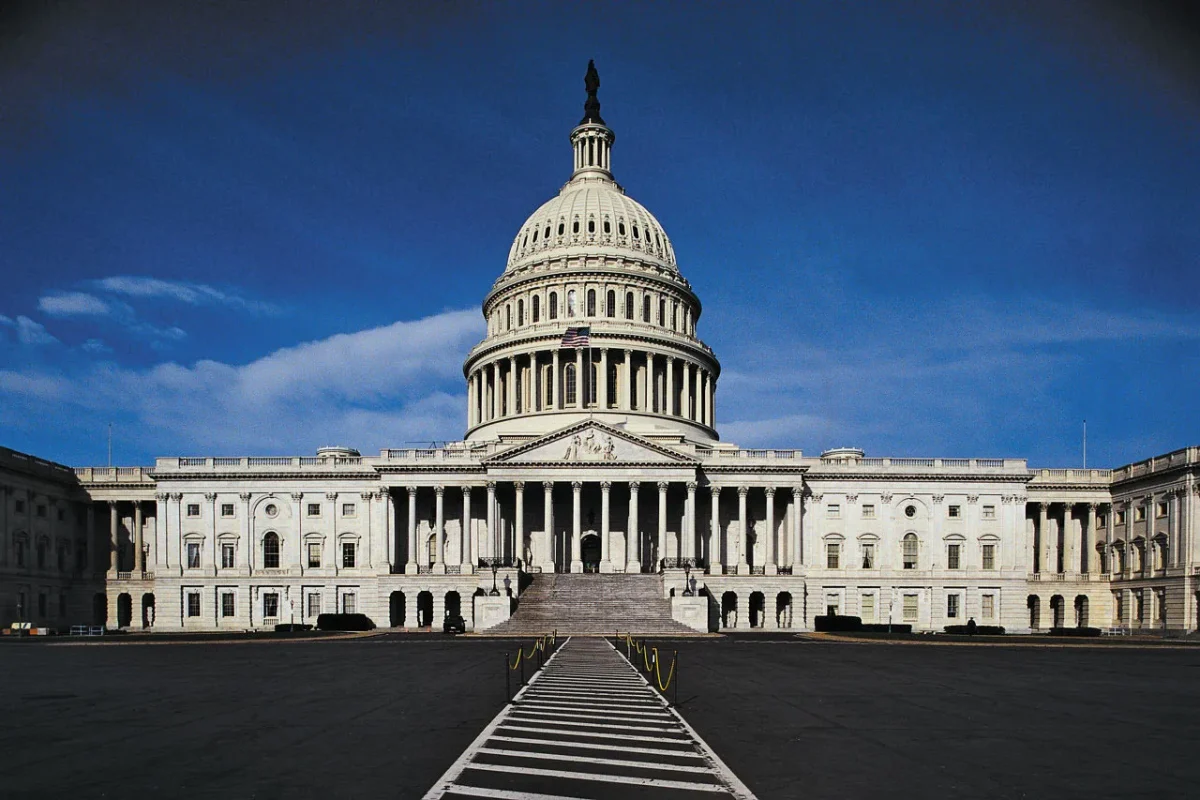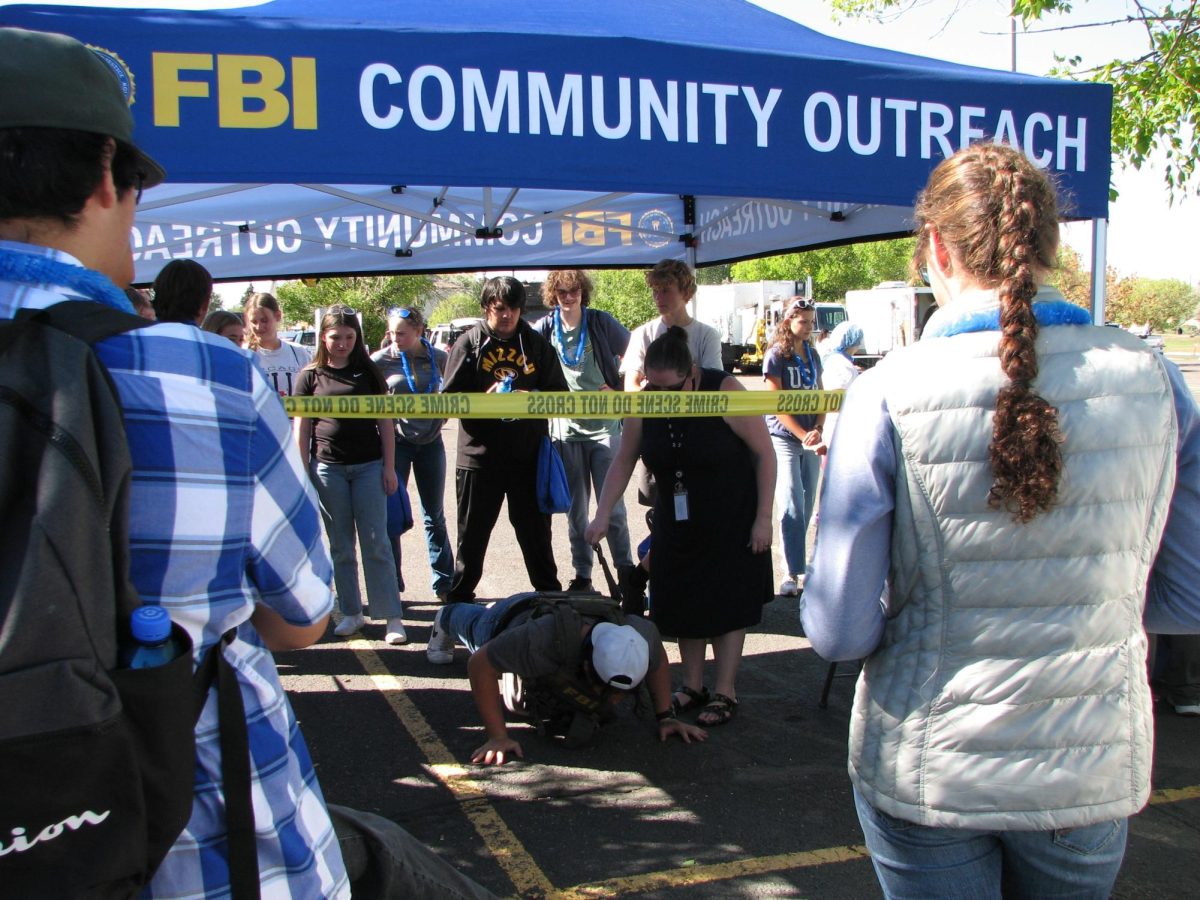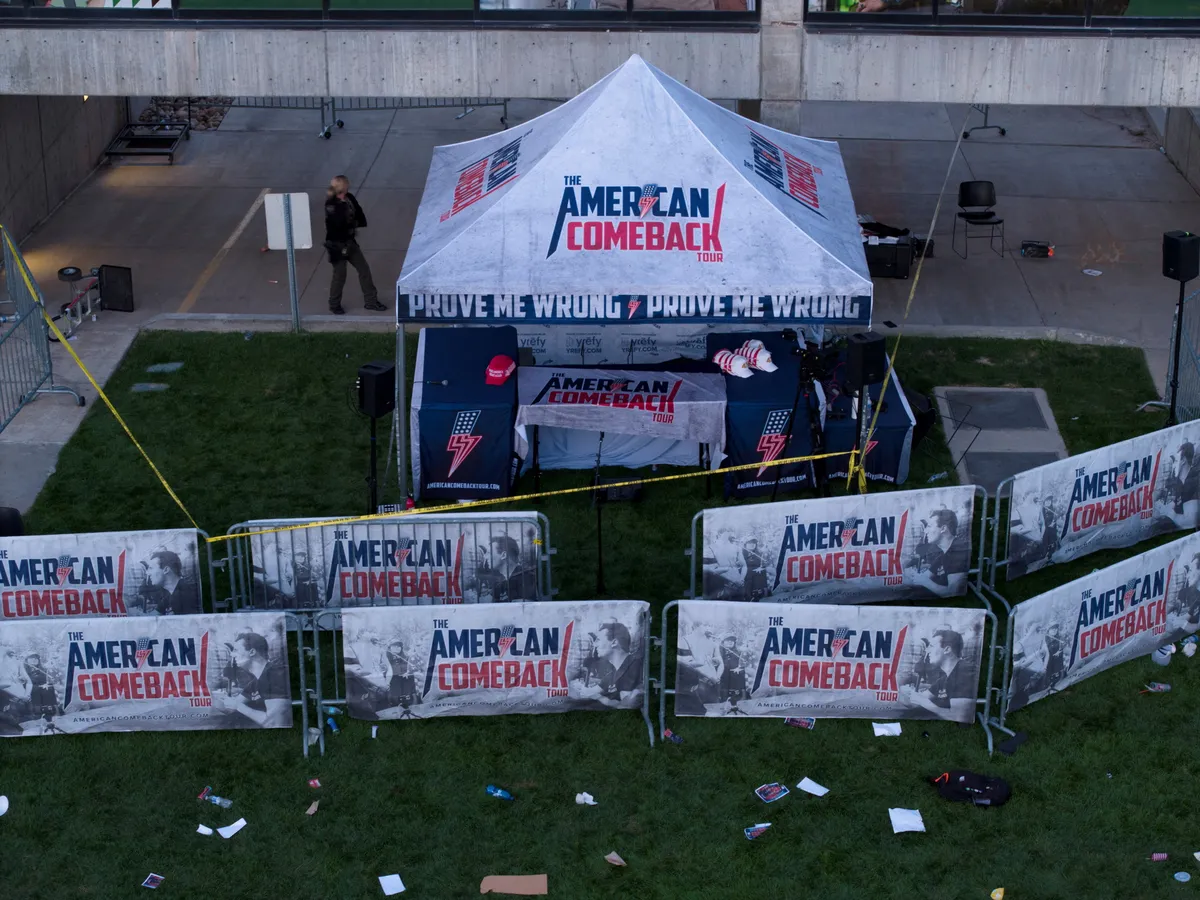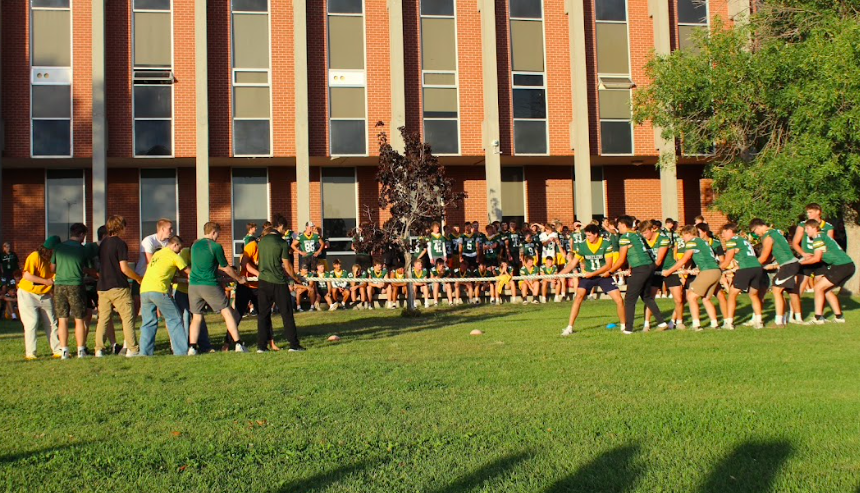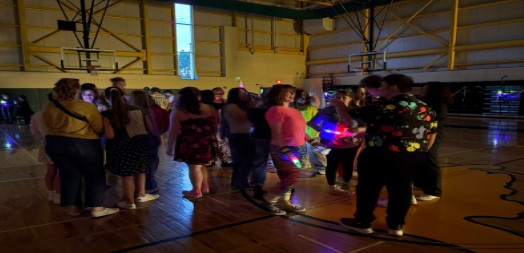
The Wednesday morning after the mill levy vote brought more than just the usual orange juice and breakfast cereal routine for many teachers, including stagecraft and video production teacher Tom Spencer.
For Spencer, the morning brought a sense of relief after realizing that the $647,926.04 high school levy had passed, giving many departments, including drama, the hope that they needed. However, Spencer acknowledges that there are still some monetary issues to be worked out.
“There’s still issues,” Spencer said. “So I’m not totally relieved.”
Spencer said that he is still waiting to see where he goes from the passing of the mill levy, depending on where the money ends up.
“It’s not on my hands, [it’s] not in my control,” he said.
Despite not knowing where the money from the levy will go, Spencer said that the election showed the community’s willingness to extend itself to support education.
“People kept telling me it would fail, but it passed,” Spencer said.
Another teacher who agrees that the passing of the mill levy shows the support of the community is art teacher Tess Jacobs.
“It tells me the community supports our programs,” Jacobs said. “I always expect it to pass.”
However, Jacobs doesn’t know if any of the mill levy money will make it into her classroom.
“I don’t see any of the funds coming into my classroom,” Jacobs said, adding that she expected the money to go to A.P. classes, but what was good for one program in the school was good for the entire school.
“It would depend on how it is spent,” Jacobs said.
However, there won’t be much “spending” of the mill levy money, as all the money from the will be used to maintain existing programs, according to principal Dick Kloppel.
“We’re only going to maintain programs,” Kloppel said, explaining that because of only maintaining programs, the school would not have to cut as many programs.
Despite this, the mill levy is not a guaranteed problem-solver for all the school’s monetary ills. Although the levy saved programs such as drama, other programs will be changed, such as math and science. In the district, one math teacher and two science teachers are retiring this year, and they will not be replaced, Kloppel said, also
adding that because they are not rehiring for those positions, they will not have to let any other teachers go.
“If the levy hadn’t passed, we would have had to make some really big cuts,” Kloppel said. “[However] when you’re cutting math classes, science classes, and counselors, you’re cutting vital organs.”
“Folks are accepting them because we have no other choice,” Kloppel said. “We know it’s not the right thing for [the] kids, but we really don’t have a choice.”
The school district is not necessarily at fault for the need to make cuts in the academic programs. According to Kloppel the state sets a cap for the amount of money a school district can have depending on how many students are in the district.
“The community voted on a very small mill levy, right to the cap,” Kloppel said. “We need more than the state says we do. School funding is so incredibly complex.”
In the end, what was most important was the community’s support of the schools.
“I think the community came together pretty well on this one,” Spencer said.

